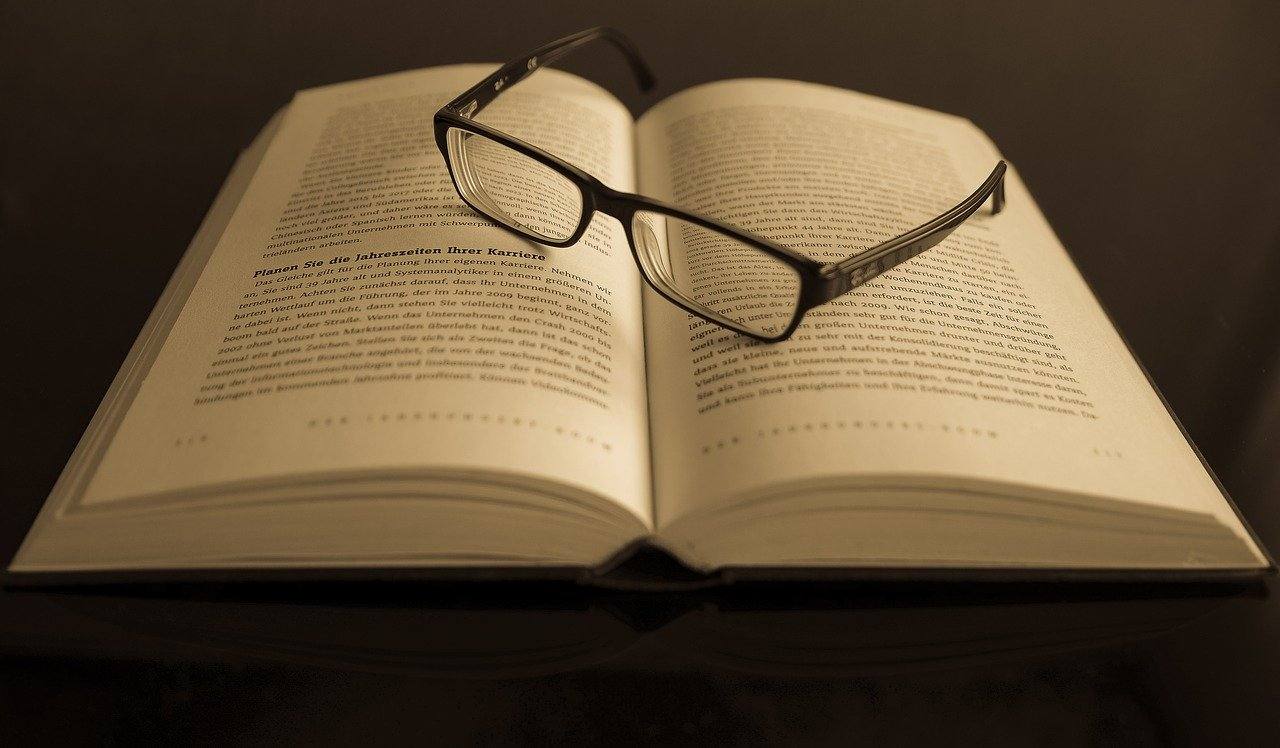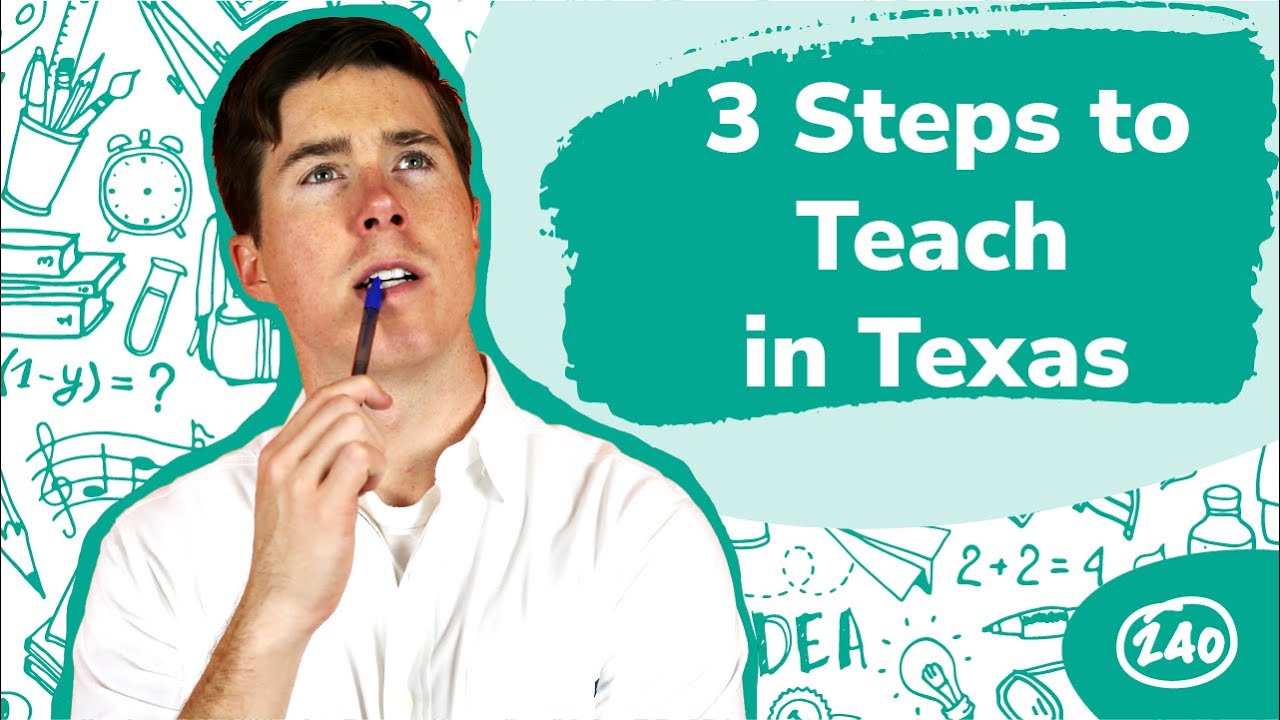
Los Angeles' oldest high school is Los Angeles Unified School District. It is part Los Angeles Unified School district. The school's colors and nickname are "Romans", and the schools teams are white and royal blue.
St. Francis High School (Jesuit Catholic college preparatory) is located in St. Francis, Texas.
St. Francis Prep is a Catholic college preparatory private school located in Fresh Meadows. It is the largest non-diocesan Catholic high school in the United States. It is home to the next generation of high school seniors. Founded in 1887, St. Francis Prep is the first Jesuit high school to be established outside of the Roman Catholic Church.

Crenshaw High School, a large secondary school in the public sector, is located in Crenshaw.
Crenshaw High School, a public secondary school located in Los Angeles Unified District, is a four year institution. The school is situated in Hyde Park's 11th Avenue. The school offers extracurricular activities and classes are held in nine buildings. Students have the possibility to study music, art, and other subjects. Students can choose to go into journalism, business or the arts depending on what interests them.
Loyola High School in Jesuit Catholic College Preparatory School
Loyola High School, a top choice for college prep schools in Los Angeles, is a great choice. This private institution was founded in 1865 and is managed by the Society of Jesus. It is Southern California's oldest continuously operating educational institution. It has been providing education for students since 1865. This makes it an institution with a rich past.
Van Nuys Senior School is an important public secondary school
Van Nuys Senior School is located in Los Angeles Unified Schools District. It is a large public secondary school within the Van Niys area. It features three Magnet Programs: Math/Science, Performing Arts, and Medical. These three majors can be combined to make a customized program of study. There is a Residential Program at the school and several Magnet programs.

Fairfax Senior High School operates in a block system
One of the high schools in the Los Angeles Unified School District, Fairfax Senior High School operates on a daily block schedule. This school is located on a 24-acre campus near West Hollywood and offers advanced placement programs. Its standardized tests measure English/Language Arts and Math. These tests are part of California Assessment of Student Performance and Progress or CALASPP. They align with Common Core standards to assess college readiness. Fairfax Senior High School's standardized tests measure student performance on state-required tests and graduation rates.
FAQ
What is the difference between public and private schools?
All students have the right to free education in public schools. They offer education from kindergarten to high school. Tuition fees are charged by private schools for each student. They offer education from preschool until college.
Charter schools are public-funded but privately managed. Charter schools don't follow traditional curricula. They allow students more freedom to discover what interests them.
Charter schools are a popular choice for parents who believe all children should have access and quality education regardless their financial situation.
How do I select my major?
Students choose their majors by their interests. Some students prefer to choose a subject they like because it's easier than other subjects. Some students want to go into a field where there is no job. Still, others choose a major because they hope to earn money during their studies. Whatever your reasons, you should consider what kind of job you might like after graduation.
There are many ways to get information about different fields of study. Talk to your friends and family about their experiences in these fields. Read magazines and newspapers to see if there are any careers listed. Talk to your guidance counselor at school to learn more about possible careers. Visit your community center or library to find out more about Career Services. Check out books on various topics from your public library. Search the Internet for specific career-related websites.
What is a vocational school?
Vocational schools are institutions offering programs designed for people who want to enter a specific occupation. They may also provide general education courses and training in skills needed by employers.
Vocational education has a significant role to play in society. It helps young people gain the skills they need to succeed. It provides high-quality learning opportunities for all students.
The vocational school offers a wide range of options to its students. These include certificates, diplomas and degrees, as well as apprenticeships and certificates. Vocational schools teach academic and practical subjects, such as math, science, English, social studies, art, music, physical education, computer technology, business, health care, and others.
Statistics
- Among STEM majors, that number is 83.5 percent. (bostonreview.net)
- These institutions can vary according to different contexts.[83] (en.wikipedia.org)
- Globally, in 2008, around 89% of children aged six to twelve were enrolled in primary education, and this proportion was rising. (en.wikipedia.org)
- And, within ten years of graduation, 44.1 percent of 1993 humanities graduates had written to public officials, compared to 30.1 percent of STEM majors. (bostonreview.net)
- They are also 25% more likely to graduate from high school and have higher math and reading scores, with fewer behavioral problems,” according to research at the University of Tennessee. (habitatbroward.org)
External Links
How To
What is vocational education?
Vocational Education prepares students for work by giving them skills that are required for a specific job, such as welding. It also includes on-the-job training in apprenticeship programs. Vocational education stands out from general education. This is because it focuses less on general knowledge and more on developing skills for specific occupations. Vocational education's goal is to help students find employment after they graduate.
Vocational education could be offered at all levels, including primary schools, secondary school, colleges and universities, technical schools, trade schools as well community colleges, junior college, and four-year schools. In addition, there are many specialized schools such as culinary arts schools, nursing schools, law schools, medical schools, dental schools, veterinary medicine schools, firefighting schools, police academies, military academies, and other military schools. Many of these provide both academic instruction and practical experience.
A number of countries have made significant investments in vocational education over recent decades; for example, Australia, Denmark, Finland, Germany, Ireland, Japan, Luxembourg, New Zealand, Norway, Poland, Sweden, Switzerland, the United Kingdom, and the United States. However, the effectiveness of vocational education remains controversial. Some critics argue that it does little to improve students' employability; others argue that it provides useful preparation for life after school.
The U.S. Bureau of Labor Statistics has estimated that 47% of American adults hold a postsecondary certificate or degree related to their current occupation. This is a higher percentage among those who have more education. 71% are currently employed in fields that require postsecondary qualifications.
According to the BLS in 2012, almost half of Americans had at the least one type of postsecondary credential. Around one-third of Americans hold a two or four-year associate degree. One fifth of Americans had a masters degree or doctorate.
In 2013, the median annual wage for persons holding a bachelor's degree was $50,900, compared to $23,800 for those without a degree. The median income for those with advanced degrees was $81,300.
The median income for those who have not completed high school was just $15,200. Earn $13,000 per annum for those with less high school diplomas.